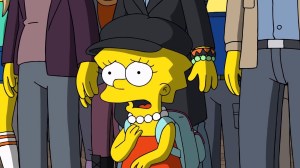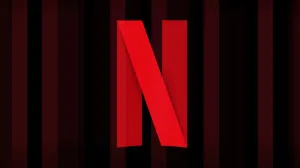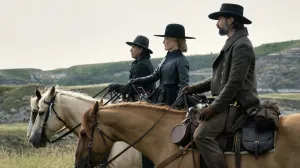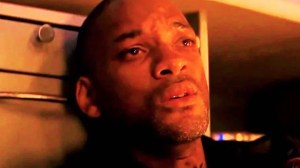By fall 1990, Matt Groening’s The Simpsons had left its yellow footprint on the world of TV. From its humble beginnings as a cartoon on The Tracey Ullman Show, the animated series had exploded into the cultural zeitgeist. Viewers loved the Springfield family, but the show’s rise to relevance was not without controversy. Teachers and parent groups were speaking out against the show’s “anti-authority” tone, claiming it encouraged kids to misbehave, particularly through its depiction of the rebellious 10-year-old boy, Bart Simpson.
Videos by ComicBook.com
For Fox’s smash hit, the pressure to prove Bart had heart was mounting fast, and on October 11, 1990, they released the Season 2 premiere episode “Bart Gets an ‘F.’” After months of backlash centered on Bart’s bad attitude, the show revealed the reality behind the class clownery. Written by David M. Stern and directed by David Silverman, the episode featured a more vulnerable Bart, a kid trying desperately to succeed but struggling with the public school system. It remains one of The Simpsons’ best episodes and a turning point for the series, earning huge ratings and redefining the show’s reputation.
America’s Troublemaker: Bart Simpson

Between The Simpsons Seasons 1 and 2, Bart Simpson became a poster child for everything wrong with television. His artillery of lovely catchphrases included gems like “Eat my shorts,” “Don’t have a cow, man,” and “Underachiever and proud of it!” His mischievous and sometimes awful antics often came with very little consequence, which only further fueled the moral panic. While fans found him hilarious, parents worried about his influence, and educators warned that his attitude promoted anti-intellectualism among America’s youth.
Bart did show glimmers of a conscience in some Season 1 episodes like “The Telltale Head” and “Bart the Genius,” but the moments of remorse never quite matched the audacity of the offenses. Meanwhile, the backlash escalated, with many churches and even U.S. schools banning T-shirts featuring any members of the family, on the grounds that they encouraged insolence. The Simpsons was suddenly part of the culture war, but if parents and school administrators thought they were punishing the show, they were wrong. Speaking with Variety, Groening stated those school bans were “the best thing that ever happened” to the series, turning the ne’er-do-well into a cultural icon.
A Different Side to Bart in “Bart Gets an ‘F’”

But then came the Season 2 premiere, “Bart Gets an ‘F’.” While the episode supposedly wasn’t written as a response to the Bart backlash, it provided a glimpse into the troublemaker’s very real struggles. The story follows Bart as he faces the threat of having to repeat fourth grade after another failed test. Determined to avoid humiliation, he turns to class brain Martin Prince for help, only to realize that studying doesn’t come easy to him. The episode takes a turn into sincerity, showing Bart praying for help, panicking during the exam, and finally breaking down in tears when he receives his F, admitting, “This is as good as I could do, and I still failed.”
The result is a frankly heartbreaking introduction to Bart’s learning disability, giving depth and dimension to the elementary school kid who’d been written off by many as “bad.” He wouldn’t be officially diagnosed with ADHD until a decade later, in Season 11’s “Brother’s Little Helper.” However, the Season 2 episode provided the audience with a more nuanced understanding of, and empathy for, Bart’s maladaptive behaviors. And notably, thanks to “Bart Gets an ‘F’”, the tide on the show’s reputation turned, proving its ability to reach beyond shallow irreverence into brilliant satire with multidimensional characters.
Did ‘Bart Gets an F’ change how you saw the character? Leave a comment below and join the conversation now in the ComicBook Forum!









